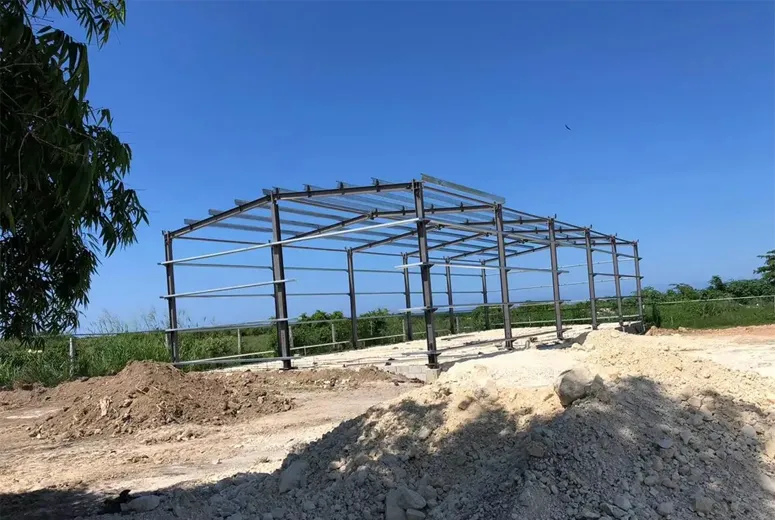- Afrikaans
- Albanian
- Amharic
- Arabic
- Armenian
- Azerbaijani
- Basque
- Belarusian
- Bengali
- Bosnian
- Bulgarian
- Catalan
- Cebuano
- Corsican
- Croatian
- Czech
- Danish
- Dutch
- English
- Esperanto
- Estonian
- Finnish
- French
- Frisian
- Galician
- Georgian
- German
- Greek
- Gujarati
- Haitian Creole
- hausa
- hawaiian
- Hebrew
- Hindi
- Miao
- Hungarian
- Icelandic
- igbo
- Indonesian
- irish
- Italian
- Japanese
- Javanese
- Kannada
- kazakh
- Khmer
- Rwandese
- Korean
- Kurdish
- Kyrgyz
- Lao
- Latin
- Latvian
- Lithuanian
- Luxembourgish
- Macedonian
- Malgashi
- Malay
- Malayalam
- Maltese
- Maori
- Marathi
- Mongolian
- Myanmar
- Nepali
- Norwegian
- Norwegian
- Occitan
- Pashto
- Persian
- Polish
- Portuguese
- Punjabi
- Romanian
- Russian
- Samoan
- Scottish Gaelic
- Serbian
- Sesotho
- Shona
- Sindhi
- Sinhala
- Slovak
- Slovenian
- Somali
- Spanish
- Sundanese
- Swahili
- Swedish
- Tagalog
- Tajik
- Tamil
- Tatar
- Telugu
- Thai
- Turkish
- Turkmen
- Ukrainian
- Urdu
- Uighur
- Uzbek
- Vietnamese
- Welsh
- Bantu
- Yiddish
- Yoruba
- Zulu
Nov . 26, 2024 06:57 Back to list
The Integration of Steel and Concrete in Modern Building Construction
The modern skyline is replete with architectural marvels that showcase the innovative integration of materials, primarily steel and concrete. This partnership has revolutionized building design, allowing for structures that are not only aesthetically pleasing but also remarkably durable and functional. As we delve deeper into the interplay between steel and concrete in building construction, we uncover the advantages, applications, and future trends in this vital industry.
The Origins of Steel and Concrete Use
Both steel and concrete have been used in construction for centuries, but their true potential as a composite material emerged in the 19th century. The advent of reinforced concrete, a method that incorporates steel bars or mesh within concrete, marked a significant turning point. This innovation enabled architects and engineers to create structures that were stronger and more resilient, benefiting from the compressive strength of concrete and the tensile strength of steel.
Advantages of Steel and Concrete
The combination of steel and concrete offers several key advantages
1. Strength and Durability Steel is resistant to tensile forces, while concrete excels under compression. When combined, they create a robust structure that can withstand various environmental stresses, including earthquakes and severe weather.
2. Architectural Flexibility The adaptability of steel frames and the versatility of concrete allow architects to explore bold designs and innovative shapes. From towering skyscrapers to intricate bridges, these materials enable the realization of complex architectural visions.
3. Speed of Construction Pre-fabricated steel elements can be rapidly assembled on-site, reducing construction times significantly. Coupled with concrete, which can be poured and set relatively quickly, this duo allows projects to progress swiftly without compromising quality.
4. Cost-Effectiveness While the initial investment in steel can be higher than other materials like wood, the long-term benefits—such as reduced maintenance costs and extended lifespan—make it a cost-effective choice for many projects.
5. Sustainability Steel is a highly recyclable material, and advancements in concrete technology have led to the development of greener alternatives. Utilizing industrial byproducts like fly ash enhances sustainability by reducing the carbon footprint of buildings.
steel and concrete building

Applications in Modern Architecture
The integration of steel and concrete has led to a wide array of applications in modern architecture
- High-Rise Buildings Steel skeleton structures provide the necessary support for high-rise buildings. The combination of concrete floors and steel frames ensures stability and safety, allowing cities to expand vertically.
- Bridges Steel and concrete are naturally suited for bridge construction, where the composite material can efficiently handle both tension and compression. This synergy results in longer spans and more durable infrastructures.
- Industrial Buildings Warehouses and factories benefit from the spacious and flexible designs possible with steel and concrete. The strength of the materials allows for expansive layouts, accommodating large machinery and inventory storage.
- Residential Projects Increasingly, architects are recognizing the appeal of using exposed steel and concrete in residential designs. These materials can create modern, minimalist aesthetics that resonate with contemporary homeowners.
Future Trends
As technological advancements continue to grow, the future of steel and concrete in construction looks promising. Innovations in materials science, such as ultra-high-performance concrete and advanced steel alloys, will further enhance the capabilities of builders. Additionally, the incorporation of smart technologies can lead to energy-efficient buildings that utilize these materials more effectively.
Moreover, sustainability concerns are driving the industry toward greener practices. The push for net-zero buildings is likely to foster the development of more environmentally friendly concrete formulations and encourage the recycling of steel components in construction.
Conclusion
The collaboration of steel and concrete has profoundly impacted the landscape of modern building construction. As we venture into a future defined by sustainability and innovation, this duo will undoubtedly continue to shape our cities and infrastructures. Their combined strengths address the challenges of modern architecture, allowing for resilient, versatile, and visually stunning structures that will stand the test of time.
-
How Do Prefabricated Steel Structures Transform Modern Construction?
NewsJul.14,2025
-
How Do Prefabricated Metal Buildings Redefine Modern Construction?
NewsJul.14,2025
-
How Do Prefab Insulated Metal Buildings and Steel Structures Revolutionize Modern Construction?
NewsJul.14,2025
-
How Do Pre - Engineered Steel Structures Redefine Modern Construction?
NewsJul.14,2025
-
Advancing Modular Construction with Prefabricated Metal Structures
NewsJul.14,2025
-
Advancing Industrial Infrastructure with Prefabricated Steel Solutions
NewsJul.14,2025
Products categories
Our Latest News
We have a professional design team and an excellent production and construction team.












